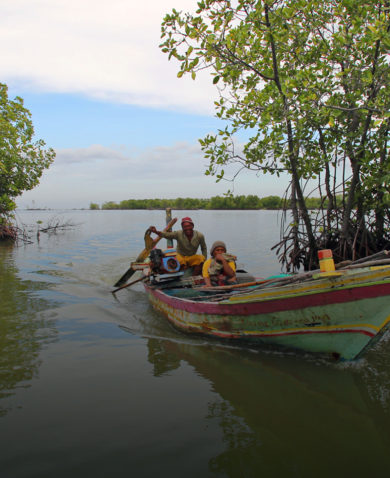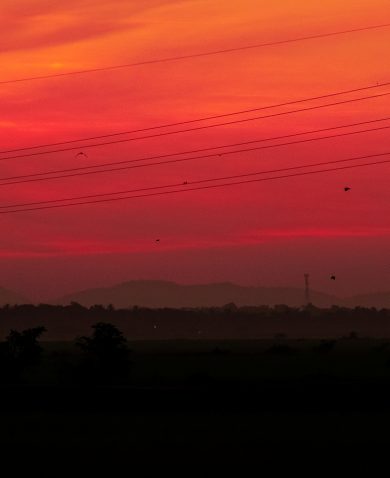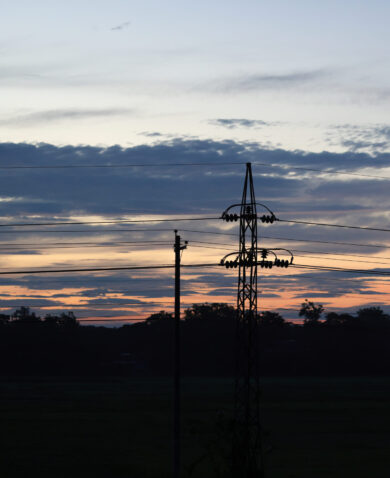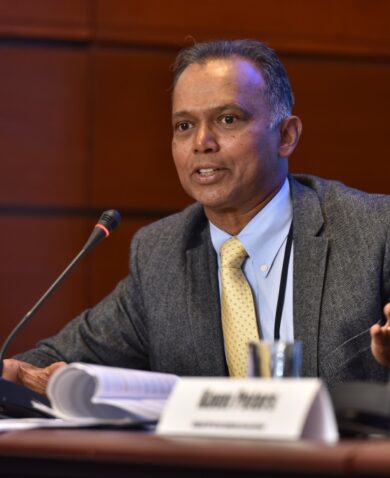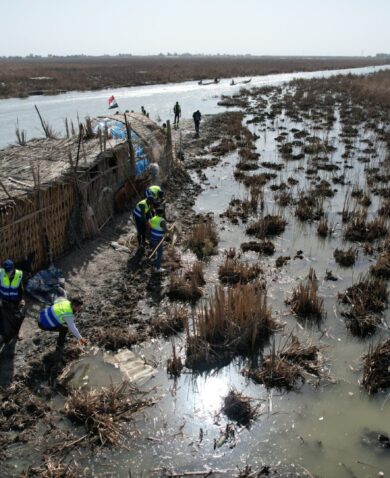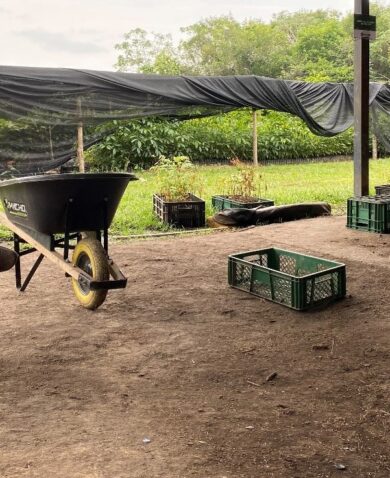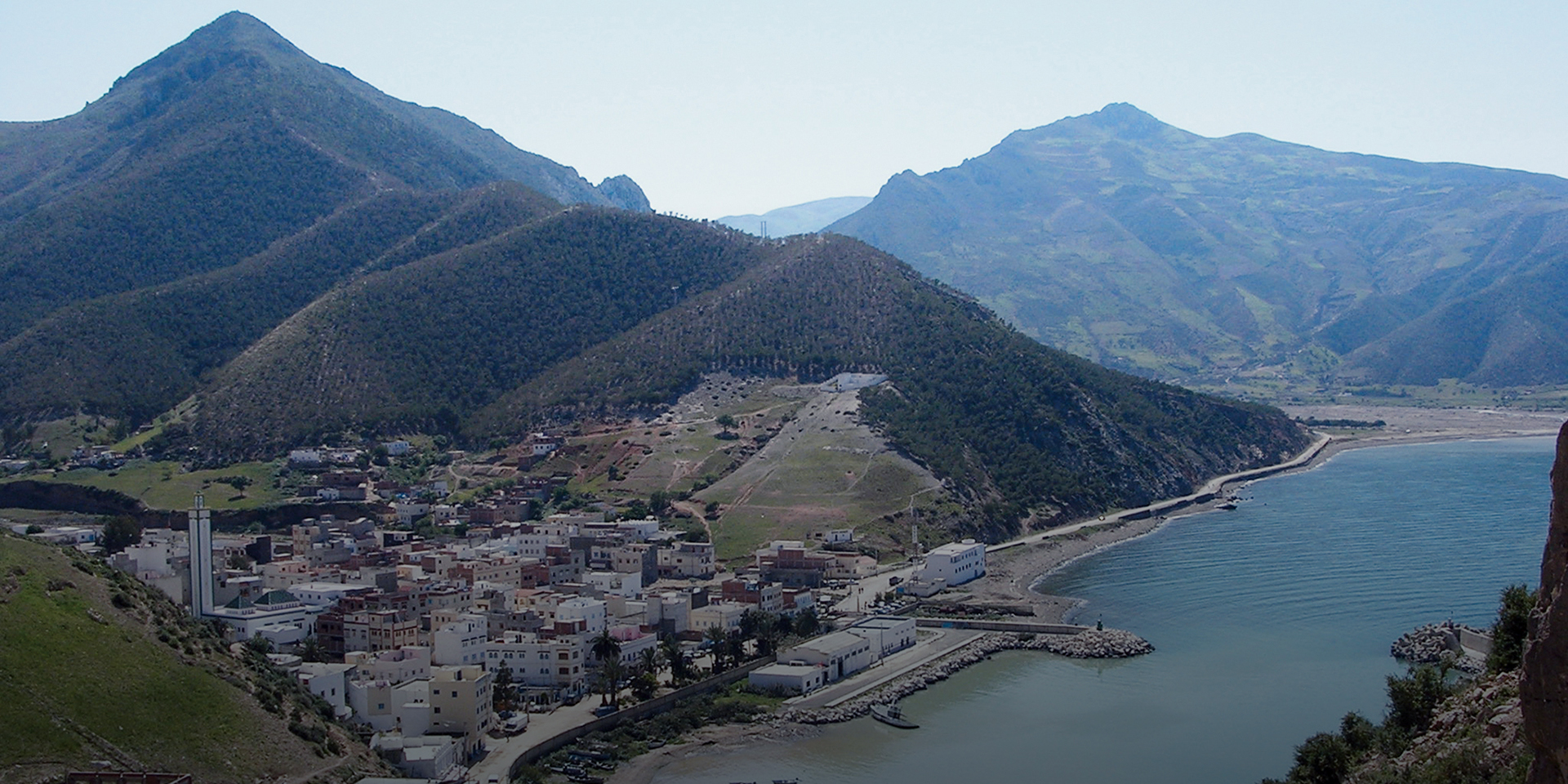
Resilient Cities: Creating a Common Language
August 4, 2014 | 2 Minute ReadThe key question in creating resilient cities is how to bring adaptation measures into municipal planning to address local concerns and build climate resiliency.
The fifth Resilient Cities 2014 conference in Bonn, Germany was organized by Local Governments for Sustainability, an association of 1200 cities, towns, and counties in 84 countries. The conference brings together city mayors, academics, international organizations, and donor agencies alike, and is one of the few opportunities that exist for city managers and experts to get together and discuss urban climate change adaptation.
I attended the conference wearing two hats— as a USAID project manager representing Chemonics International and as a former U.S. Green Building Council Leadership in Energy and Environmental Design (LEED) Accredited Professional who once guided architects and engineers through green building design and sustainable master planning processes.
Whereas previously I felt my two career paths were quite divergent, sitting in a conference center in Bonn amidst urban planners, international development consultants, municipal governmental officials, and environmental advocates, I was struck by the clear convergence of the two fields. In fact, I was starkly aware of the necessity to have all of these professionals to meet face-to-face to discuss a critical issue they all encounter as practitioners: how to help municipalities become more resilient. In other words, how can we help cities – the economic, political, social, and academic engines of our landscapes – reduce risks to public health, biodiversity, food security, local economies, and infrastructural integrity associated with climate change impacts?
Whether you are selling the idea of green roofs to private developers or proposing policy reform for more stringent building codes to municipal governments, the panel speakers reinforced the same message–speak the same language as the decision maker and address the existing challenges of the municipality, regardless of whether those challenges are climate induced such as job creation, citizen security or improved public services. In line with USAID’s Local Systems: A Framework for Supporting Sustained Development strategy, we should be asking ourselves, “Why isn’t the local system working, and why isn’t it doing what it needs to do?” and, “How can the integration of adaptation measures into the municipal planning process address the key concerns of city leaders yet also yield the co-benefit of increased climate resiliency?”
The answer may be advocating for the rehabilitation of urban coastal degraded wetlands in terms of creating safe public spaces, the installation of bioswales on sidewalks in terms of dollars saved from stormwater treatment costs, and the development of community scale adaptation projects in terms of job creation and attracting businesses. To create resilient cities, we need to figure out the right language to speak, identify the carrots to motivate the most critical players, and accept that there are no short cuts to getting there–a copy/paste approach will simply not work for cities, which not only have unique goals and obstacles, but also which must integrate their objectives into a larger national development agenda and vernacular.




